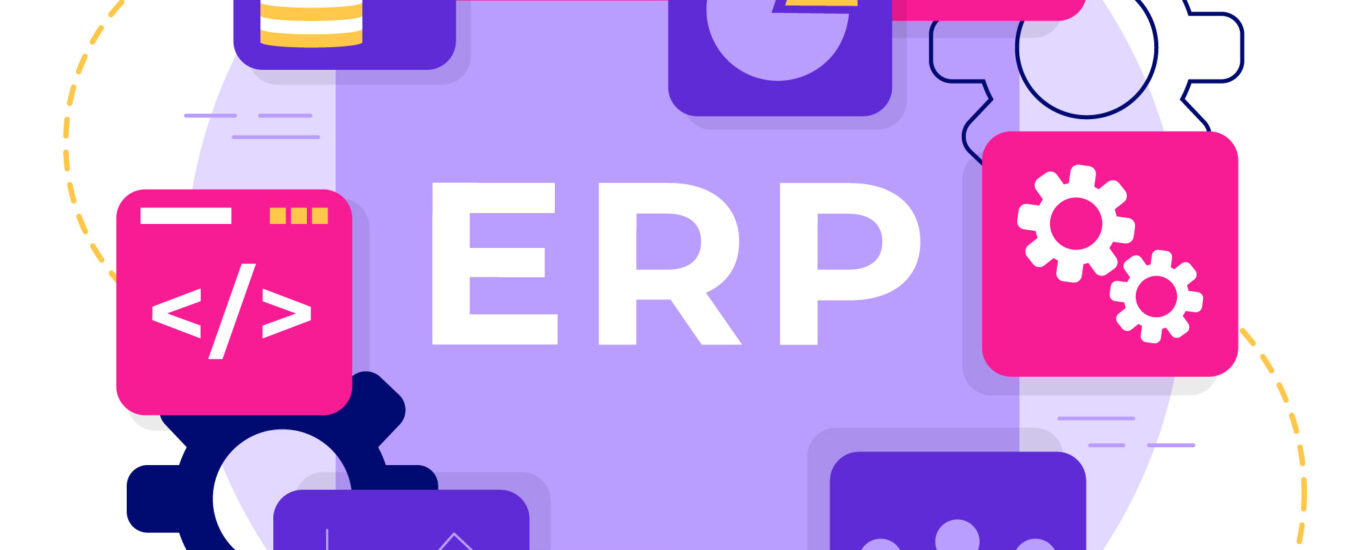Implementing an Enterprise Resource Planning (ERP) system is a complex process that involves several key steps. Below is a general outline of the ERP implementation process:
- Project Planning:
Define Objectives: Clearly define the objectives and goals of the ERP implementation. Identify what the organization aims to achieve with the new system.
Establish a Project Team: Form a dedicated project team comprising key stakeholders, department representatives, and IT professionals.
Develop a Project Plan: Create a detailed project plan outlining timelines, milestones, resource requirements, and responsibilities. - Needs Analysis:
Conduct Business Process Analysis: Understand existing business processes and identify areas for improvement. This involves mapping current workflows and documenting business requirements.
Data Collection: Gather data related to current systems, databases, and data structures. Identify data migration requirements. - Software Selection:
Vendor Evaluation: Evaluate ERP vendors based on the organization’s needs, budget, and industry requirements.
Software Selection: Choose the ERP software that best aligns with the organization’s objectives. Consider factors such as scalability, features, and vendor reputation. - Customization and Configuration:
Tailor the ERP System: Customize the ERP system to meet specific organizational needs. This may involve configuring modules, setting parameters, and developing custom functionalities.
Data Mapping and Migration: Map data from existing systems to the new ERP system. Develop a data migration plan to ensure a smooth transition. - Development and Testing:
Software Development: If any customizations or integrations are required, develop and test them.
System Testing: Conduct comprehensive testing of the ERP system, including unit testing, integration testing, and user acceptance testing (UAT).
Quality Assurance: Address any issues identified during testing and ensure that the system meets quality standards. - Training:
User Training: Provide training sessions for end-users to familiarize them with the new ERP system. This includes training on system functionalities, data entry, and reporting.
Train the Trainer: Train key individuals who will serve as internal trainers and support resources. - Data Migration:
Execute Data Migration Plan: Execute the data migration plan to transfer data from legacy systems to the new ERP system.
Data Validation: Validate migrated data to ensure accuracy and completeness. - Go-Live:
Launch the ERP System: Implement the ERP system in the live environment. This marks the official transition from the old system to the new one.
Monitoring and Support: Monitor system performance, address any immediate issues, and provide ongoing support to end-users. - Post-Implementation Review:
Assessment of Goals: Evaluate whether the ERP system meets the predefined objectives and goals.
Feedback and Adjustments: Gather feedback from users and stakeholders. Make any necessary adjustments or refinements to enhance system performance.
Documentation: Document the entire implementation process, including lessons learned and best practices. - Continuous Improvement:
Monitor Performance: Continuously monitor the ERP system’s performance and address any issues promptly.
Implement Enhancements: Consider implementing system enhancements, updates, and new features as needed.
Training and Support: Provide ongoing training and support to users to ensure they maximize the benefits of the ERP system.
Successful ERP implementation requires careful planning, collaboration, and ongoing commitment. Organizations should be prepared for challenges and changes in business processes and should actively manage the transition to ensure a smooth and successful adoption of the new system.




